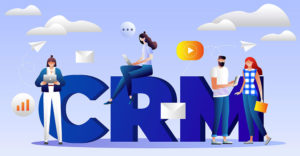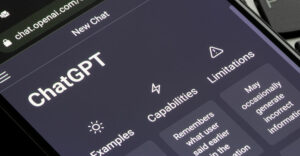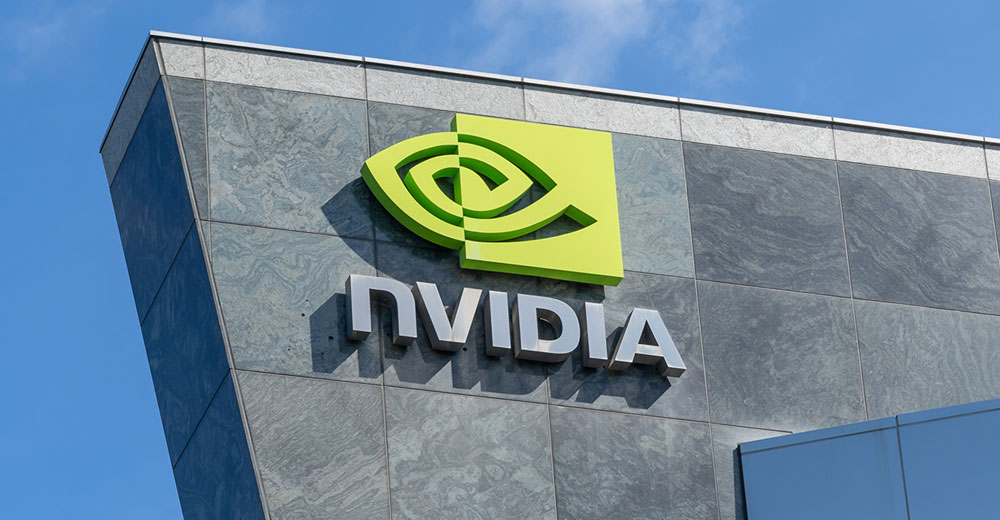Nimble CRM stands out from traditional customer relationship management software by focusing on company-wide operations rather than just sales.
In September, the platform introduced a major upgrade with email sequence automation, advancing its mission to drive organizational growth.
“The upgrade integrates email sequences with web forms and webhooks for third-party apps to transform lead management for SMBs,” according to Nimble CEO Jon Ferrara. These bi-directional integrations serve sales, marketing, PR, customer support, HR, accounting, and other business functions.
This update is part of a series of releases that position Nimble as an alternative to platforms like HubSpot and ActiveCampaign and combinations of marketing automation platforms like Mailchimp and other CRMs.
“By linking Workflow pipelines with Email Sequences, Nimble fully supports the customer journey, from capturing leads to closing deals. This enhancement helps teams save significantly by consolidating their tech stack,” he told CRM Buyer.
Unlike competitors’ more expensive plans, Nimble offers all these advanced features in a single, comprehensive, and affordable solution, making it ideal for growing businesses, he added.
New Features Drive Marketing, Team Collaboration
Nimble’s CRM platform now includes industry-specific email sequence templates tailored to various departments and industries, enabling teams to launch effective email campaigns quickly. The automated lead and contact management feature integrates email sequences with web forms, webhooks, and workflows to automate cross-department engagement, ensuring timely and consistent communication.
The automation tools assist the entire customer journey, from outbound prospecting on LinkedIn with Nimble Prospector to capturing leads via web forms and generating new business. The scalable contact engagement feature personalizes email communication or triggers sequenced campaigns based on web form submissions.
Integrated email sequences with workflow pipelines provide automatic lead enrollment and leverage webhooks to initiate event-driven communications from third-party apps for timely, relevant interactions.
Pioneering Solutions to CRM’s Early Limitations
Ferrara’s early experiences with limited, sales-focused CRM software inspired him to problem-solve. He relied on his computer science background to embark on a business career designing more useful software with features that replaced outdated methods for contact management.
He developed alternative routes to spawn shifts from relationship-focused CRM to reporting-focused CRM. He pioneered solutions to the challenges of integrating social media and preached the importance of team contact management.
One of his first sales job encounters was working at a startup as a salesman on the East Coast. The sales manager gave him sheets of paper called computer intelligence reports. They were little more than lists of phone numbers of IT people at big corporations.
“I took that piece of paper, called them up, wrote notes on the sheets about the call. Then I went to my Day-Timer and my to-do’s. I had email, text, and voicemail to communicate with my quote team in the district office in Dallas and back at corporate across the company,” Ferrara recounted about his early technology days in sales.
To sell at an enterprise level, you had to deal with corporate management, product support, shipping, and more. That was CRM and contact management back in the day, he added.
There were no Microsoft Outlook, Salesforce, or marketing automation tools, nor any program that integrated email, calendar management, sales tracking, or marketing automation. Networkable software was still in its infancy — file record locking had only just begun with Novell NetWare in 1988.
Laying the Groundwork for Modern CRM
That limitation drove Ferrara to make a more workable software system at a time when most companies still used dot-matrix printers. He wanted to integrate the maze of separate tools into one platform.
While businesses already had digital contact managers, email clients, and calendar applications, they lacked a unified solution to handle these functions across a network.
In 1990, Ferrara and his partner, Elan Susser, launched the innovative GoldMine CRM, which contributed to revolutionizing the emerging CRM industry. He wanted software that did not yet exist, so he quit his job and started his own company to create Goldmine. It offered more than contact management.
Back then, Outlook was just an inbox called Outlook Express. There was no content connection between the emails and the calendars to the contact, let alone any ability to share across the network or provide pipeline management or automation.
“CRMs today aren’t about relationships. They’re about reporting. They’re about command and control,” offered Ferrara.
When CRM started, the two players were GoldMine and Act CRMs. The difference between them was Act was just a tool for individual sales reps to manage contacts and tasks. It lacked pipeline management and Mark Automation and was not designed for a team, he explained.
Nimble’s Shift to Social CRM Leadership
Eventually, Ferrara sold GoldMine and moved to a new challenge with Nimble CRM. It pioneered Social CRM in 2009, growing to over 100,000 registered users and 7,000 paying customers. According to Ferrara, it is Microsoft’s top-selling CRM for small businesses, resold through its distributors and resellers.
“We’ve evolved it from social CRM and social selling, even though we still have those core values for a CRM like GoldMine was,” he said.
Nimble verifies email and contact calendars in Google or Microsoft and then enriches the data. Its features include the basics, notes, tasks, processes, workflows, deals, etc. It is unified. Every team member has separate contact databases.
The platform prioritizes groups over solely small business organizations. Workgroups occur in small, medium, large, and enterprise settings.
“So Nimble is great for individuals and teams of five to 50 in companies that want relationship-focused growth that works across the whole company,” he noted.
Relationship-Centric Approach
Users access CRM and sales productivity tools in their email inboxes and everywhere on the web. The Nimble Prospector browser extension helps uncover and connect with more leads in less time. This lets workers close deals faster and manage all their contacts from anywhere on the web.
“We built Nimble Prospector to live in all those places so you can bring up the record like a little nudge on your shoulder that helps you out because we all need that,” said Ferrara.
Nimble emphasizes process-centric workflows, enabling users to monitor key stages in team and company processes. With contact cards, users can easily access the data that needs monitoring, which can be viewed in either stage or spreadsheet format.
“We’re used across the whole company, for all the people in company-related-business processes on Google and Microsoft-related software. Our focus and what makes us different is that we focus on relationships as opposed to reporting. We are built for the customer as a business team member,” he said.
With its relationship-centered innovations and a commitment to simplifying workflows, Nimble CRM continues to redefine the CRM landscape for businesses of all sizes.























































